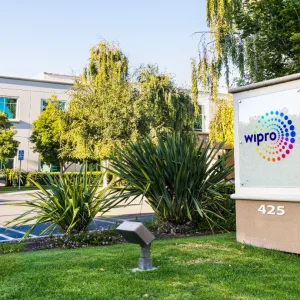
Google says its software defined networking (SDN) and network functions virtualisation (NFV) infrastructure is giving customers security and performance benefits of local private networks.
The search giant relies on its Andromeda network virtualisation platform, which was designed to enable Google’s services to scale better, more cheaply and quickly.
At a conference on High Speed Interconnects, Google distinguished engineer Amin Vahdat said that the old way of networking simply is unable to deal with the performance and flexibility required by cloud computing and storage systems.
"We want bare-metal performance and low latency for the services we deliver…. SDN is key to delivering the needed performance and security," he said in a keynote speech, Light Reading reported.
Coined back in 2005, the goal of SDN is to separate the control plane from the data forwarding plane of networking devices.
The control plane is the system that makes the decisions about where network traffic is sent, while the forwarding plane is the system that sends the traffic to the selected destination.
"A logically centralised hierarchical control plane beats peer-to-peer every time," said Vahdat.
He added that while Google’s global infrastructure, which includes data centres and points of presence worldwide, provides low-latency access to services locally, both power and cooling are major costs.
"That’s true of even your laptop at home if you’re running it 24/7. At Google scale, that’s very apparent," Vahdat said.
SDN is expected to unlock more than $8bn in economic value for cloud service providers and enterprise customers within the next five years, according to research by IDC.






